Félix Fénéon (1861–1944) preferred what he described as ‘indirect occupations’. By the age of 25 he had written Les Impressionnistes en 1886 – the definitive art-critical text of the decade, which made the case for Georges Seurat as the first of the ‘neo-Impressionists’ (Fénéon’s coinage) – but he never put out another book under his own name. He devoted his efforts instead to encouraging the voices of others: he prepared Rimbaud’s Illuminations for publication, and in a series of short-lived reviews in the mid 1880s he published poets such as Stéphane Mallarmé and Jules Laforgue, for which he was nicknamed the ‘midwife of Symbolism’.
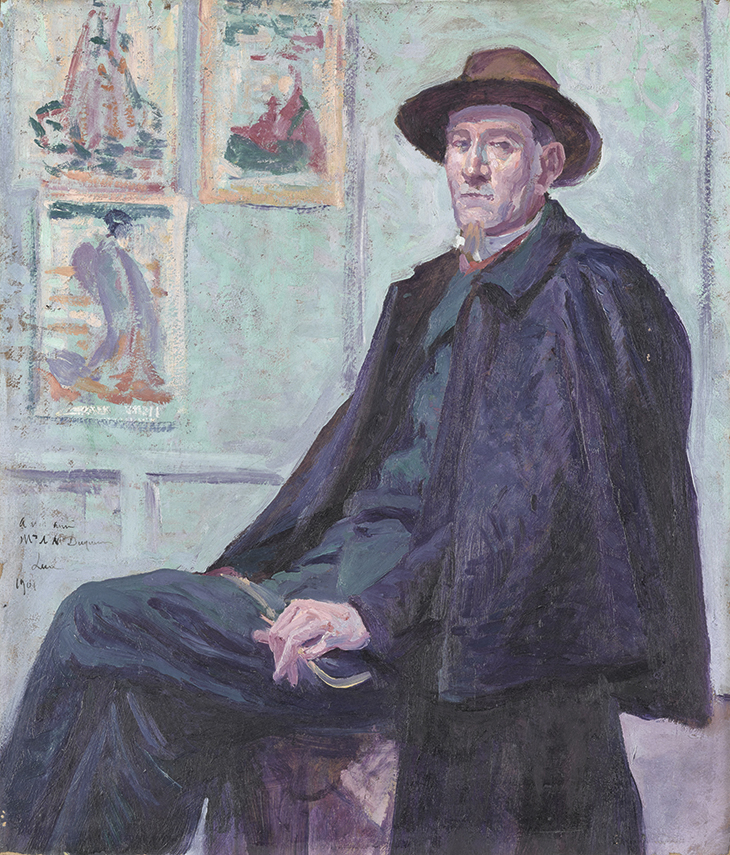
Félix Fénéon (1901), Maximilien Luce. Photo: RMN-Grand Palais (Musée d’Orsay)
In the spring of 1894, it was almost certainly Fénéon who detonated a bomb at the fashionable Foyot restaurant, wounding four people. He charmed his way out of being convicted (‘I only throw literary bombs,’ he explained to the jury); the scandal cost him his job as clerk at the French War Office, where, while he was making frequent anonymous contributions to anarchist journals, he had been a model employee for some 13 years. Between 1896 and 1903 he was a sub-editor at the Revue Blanche; a portrait by Félix Vallotton from these years depicts him leaning over his desk, back poker-straight, correcting a stack of proofs.
Imposingly tall, with a fine blonde goatee, Fénéon cut a dandyish, even diabolical figure through Paris. Guillaume Apollinaire called him ‘a false Yankee’, while Paul Valéry remembered him as ‘just, pitiless, and gentle’. What we know of Fénéon’s personality is almost entirely composed of such fragments; he consistently refused all recognition for his own labours. When a publisher approached Fénéon with a view to putting out a collection of his writings, he was rebuffed with the reply: ‘I aspire only to silence.’
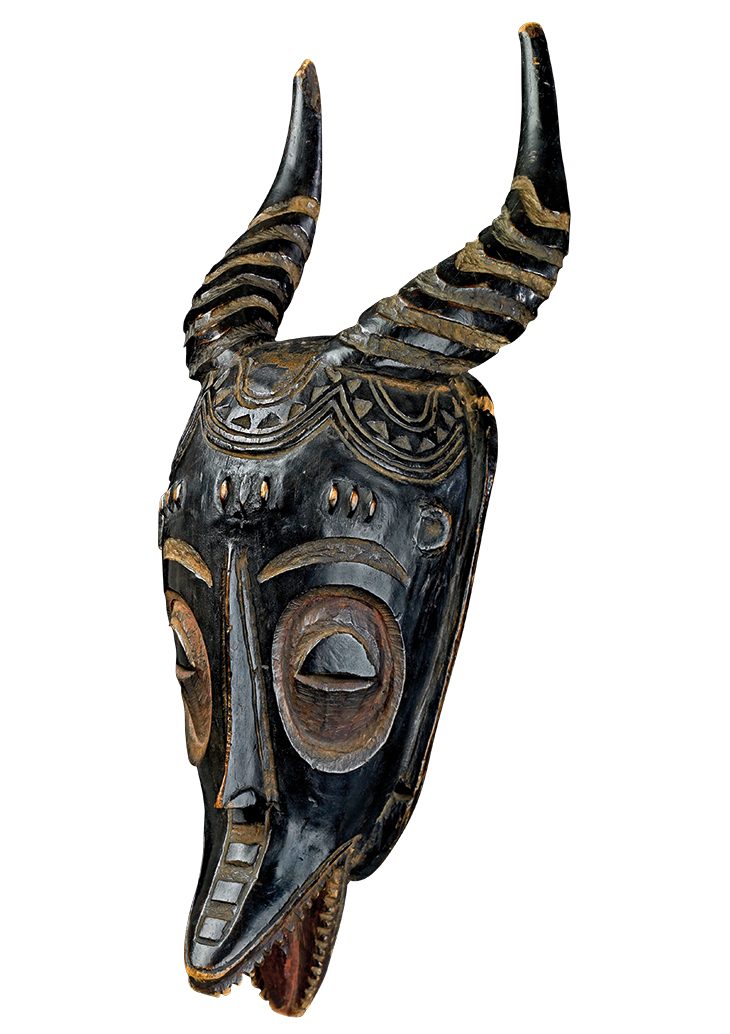
Antelope mask (19th century/early 20th century), Guro, Ivory Coast. Photo: © RMN-Grand Palais/The Trustees of the British Museum
Perhaps in none of his guises did Fénéon succeed in this aspiration more completely than as a collector of African art. He amassed one of the more significant African collections of the first half of the 20th century, augmented by a few sculptures from Oceania and a single Native American bowl: 457 objects, all told. Around a quarter of these have been reunited in Paris at the Musée du Quai-Branly (until 28 September), before another exhibition at the Orangerie (16 October–27 January 2020) about Fénéon’s involvement with modern painting, from his championing of the neo-Impressionists to his role as a director of Galerie Bernheim-Jeune, where in 1912 he became the first to arrange an exhibition of the Italian Futurists in Paris (16 October–27 January 2020; a distillation of both exhibitions travels to MoMA in New York next year, 22 March–25 July 2020). However, Fénéon never wrote a word about why, or when, he developed an interest in African art.
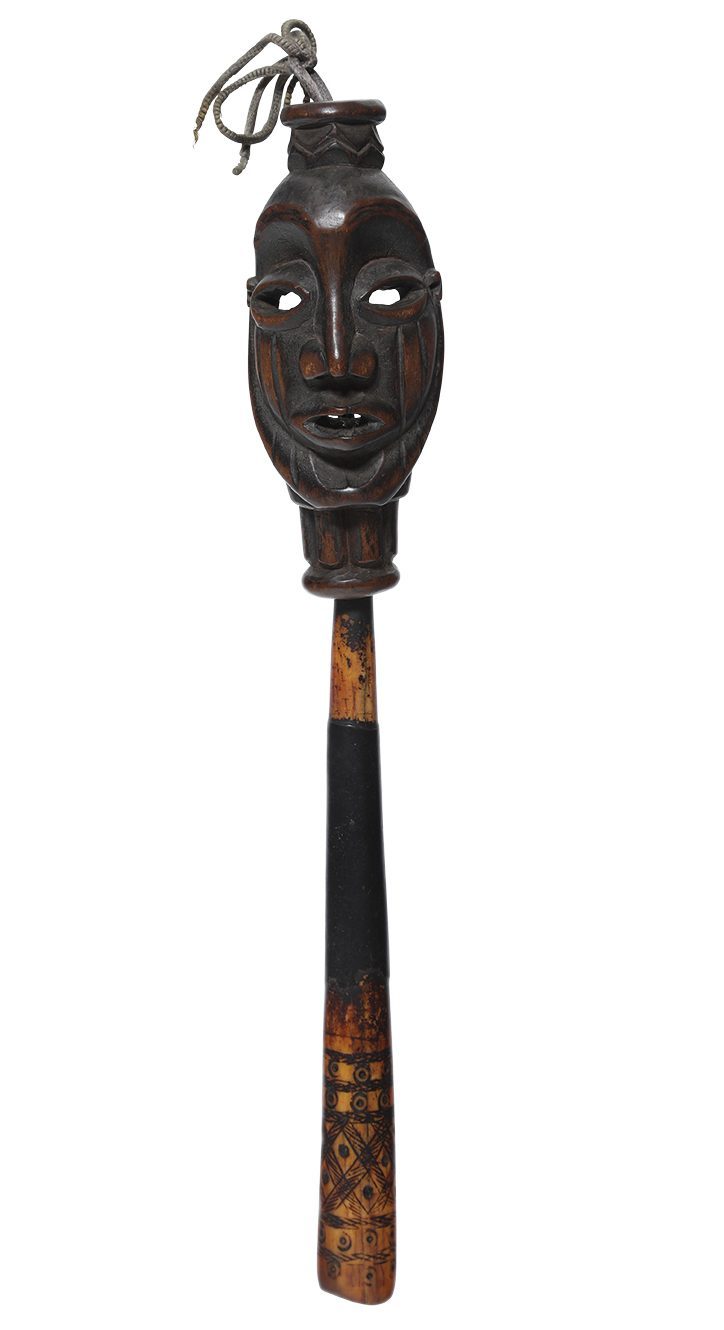
Amulet with mask (19th/early 20th century), Loango, Democratic Republic of Congo. Musée d’Art Moderne, Troyes. Photo: © Carole Bell/Ville de Troyes
Jean Laude, a historian of African art, believed that Fénéon may have bought his first African objects in 1904. This would place him among the first of the artists and aesthetes in Paris who began to look at the wooden artefacts brought back from the colonies neither as exotic curios, nor as objects solely for ethnographic study, but as artworks in their own right. It was not until 1907 that Picasso had his famous encounter at the Trocadéro museum with the masks of the Gabonese Fang people, the form of which he borrowed for the two women at the right of Les Demoiselles d’Avignon that year. Fénéon’s verdict on what is broadly acknowledged as the first work of Western Primitivism: ‘You should stick to caricature.’ But whether Fénéon understood the African resemblance in Les Demoiselles – whether he was taking issue with Picasso’s distortion of the human figure, or with his pastiche of African aesthetics – is impossible to say. Unlike Laude, Fénéon’s biographer Joan Ungersma Halperin believes that he did not begin collecting African works until 1919.
By this time, through the work of writers such as Paul Guillaume, Henri Clouzot and André Level – all influenced by Carl Einstein’s Negerplastik (1915), which questioned the racial essentialism of earlier accounts – the debate in Paris regarding the status of African art had matured from the first flush of aesthetic discovery into more scholarly discussions. Some of the theories now seem outlandish, but they arose from conviction that a sculptural language that could abbreviate figures to the simplest volumetric shapes and features to a few elegant lines merited a new place for African art and thought in accounts of world culture. Writing in the foreword to Guillaume’s Sculptures nègres (1917), the first French book on the subject, Apollinaire argued that perhaps African sculpture, which was then believed to have remained in much the same form for thousands of years, had influenced the ancient Egyptians, and could therefore be considered as the foundation stone upon which the Western canon had been raised.
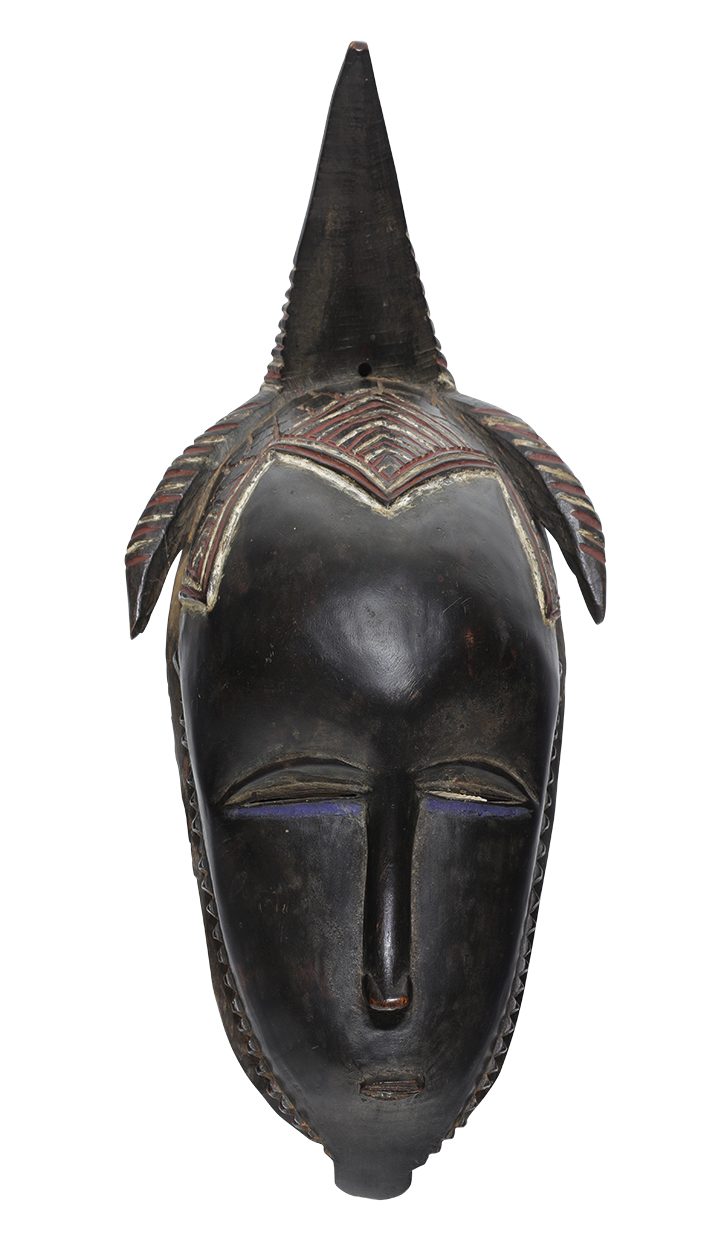
Mask (19th/early 20th century), Guro, Ivory Coast. Musée d’Art Moderne, Troyes. Photo: © Carole Bell/Ville de Troyes
Fénéon’s entry into this debate was both characteristically indirect and emphatic. Beginning in November of 1920, he devoted three issues of his magazine Le Bulletin de la Vie Artistique to a survey in which he asked 20 artists, critics, ethnographers and colonial officers to respond to the question: ‘Will art from remote places be admitted to the Louvre?’ The pun in the title – les arts lointains can also be translated as ‘far-reaching arts’ – offered an elegant and original solution to the problem of what to call arts from societies as diverse and geographically distant as those of Africa, Native America, and Oceania, which had previously been lumped together as either ‘Negro’, ‘primitive’, or ‘savage’ art. But beyond this, Fénéon’s editorial contribution was slight. He simply provided the platform.
Respondents include the painter Lucie Cousturier, who had taught literacy to Senegalese immigrants to France. She writes that ‘when […] the Louvre admits Negro art it will find not its complement but its essence’. Others, such as Colonel Grossin, who describes ‘what I’ve seen among these backward peoples’, were given the opportunity to dig a hole for themselves. Falling between these two poles, many of Fénéon’s respondents sound a note of cautious deferral, expressed most clearly by Guillaume: ‘We should not forget that there currently exists no elite with the expertise to pick out those works whose meaning and authenticity make them worthy of permanent consecration.’
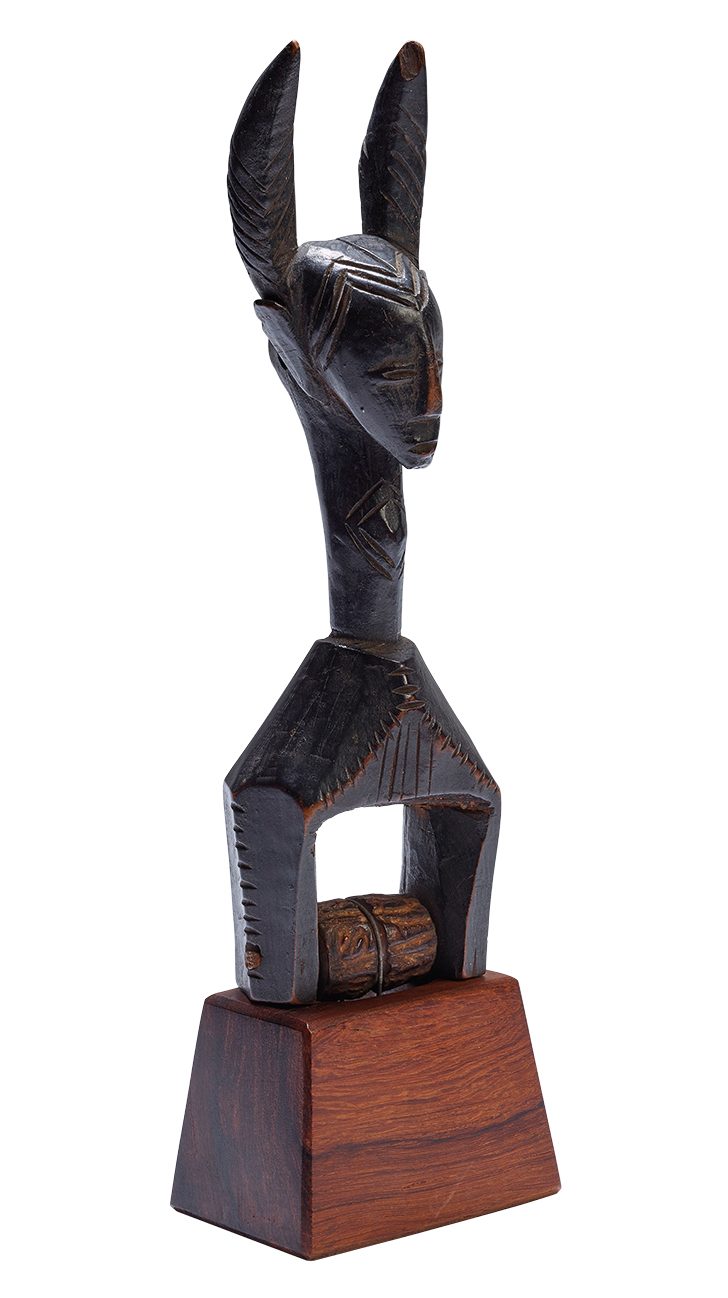
Loom pulley (19th/early 20th century), Guro, Ivory Coast. Photo: © RMN-Grand Palais/The Trustees of the British Museum
Further pieces on les arts lointains would appear in Fénéon’s Bulletin, including Cousturier’s dispatches from West Africa, a review of Clouzot and Level’s Sculptures africaines et océannienes (1925), and an anonymous piece (perhaps by Fénéon himself?) that notes, with delighted irony, the reversal by which Paris appeared to have been colonised by African culture. To illustrate several of these articles, Fénéon began to include photographs of works in his own collection: a snouted, many-toothed Baule helmet mask appears in the pages of the comic piece, while a Kuyu statue with ornate geometric scarifications, now in the British Museum, adorns Janneau’s review. The works are never mentioned directly in the text, but the captions are always meticulous – including geographical provenance, materials, colours, height, often even weight – reflecting a lifelong dedication to details. (Some of Fénéon’s book reviews consisted of the number of pages, number and size of illustrations, weight of the manuscript, and so on.)
Fénéon also began to lend his works to a number of exhibitions; most significantly, he gave 70 pieces to ‘L’Art indigène des colonies françaises et du Congo belge’, a blockbuster of more than 400 works that took place at the Musée des Arts Décoratifs in 1923. He contributed works to the Surrealist-organised ‘Contre-Exposition Coloniale’ in 1931, and in 1935, he gave 11 works to ‘African Negro Art’, the first survey of its kind in the United States. Among them were a Fang portrait bust, an equestrian Yoruba figure, and a double-faced Luba helmet mask. Each was photographed by Walker Evans, and reproduced as a print.
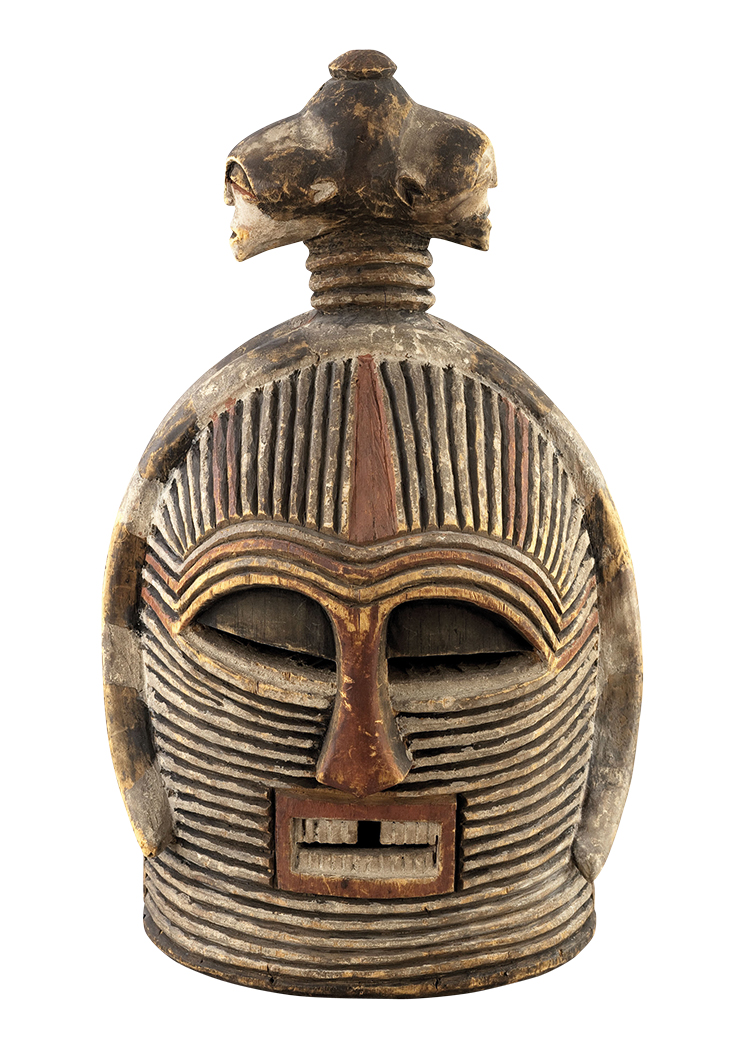
Double-headed helmet mask (19th/early 20th century), Luba, Democratic Republic of Congo. Musée d’Art Moderne de la Ville de Paris. Photo: Eric Emo; © Musée d’Art Moderne/Roger Viollet.
Restricting his commentary to the bare minimum of fact, while making sure that they were seen in the right places, Fénéon allowed the works in his collection to speak for themselves. In this, the exhibition at the Quai Branly follows his lead. Displays of archival documents explore Fénéon’s contribution as an editor to debates about African and Oceanic art, but in terms of the collection itself, none of the wall texts explain the functions or meanings of the objects with respect to the societies from which they came – information we have come to expect in ethnographic museums. Instead they point out the regions in which Fénéon showed the greatest interest – the Ivory Coast, Gabon, Guinea and Congo. Notwithstanding a few large masks and some imposing statues – in particular, the famous Fang Mabea statue, which after Fénéon’s death was bought by Jacques Kerchache – what is striking about the collection is the preponderance of pieces that can fit in the hand. From Congo and Gabon come predominantly small, votive figures of men and women, including a statue from the Kongo region of a mother, with a cylindrical headdress and skin adorned with intricate scarifications, suckling an infant. There is a group of small amulets from the Congolese Loango peoples, taking the forms of faces, figures, and a monkey’s hand, and there are several cups, carved in the shape of heads, from the Kuba kingdom of Congo.
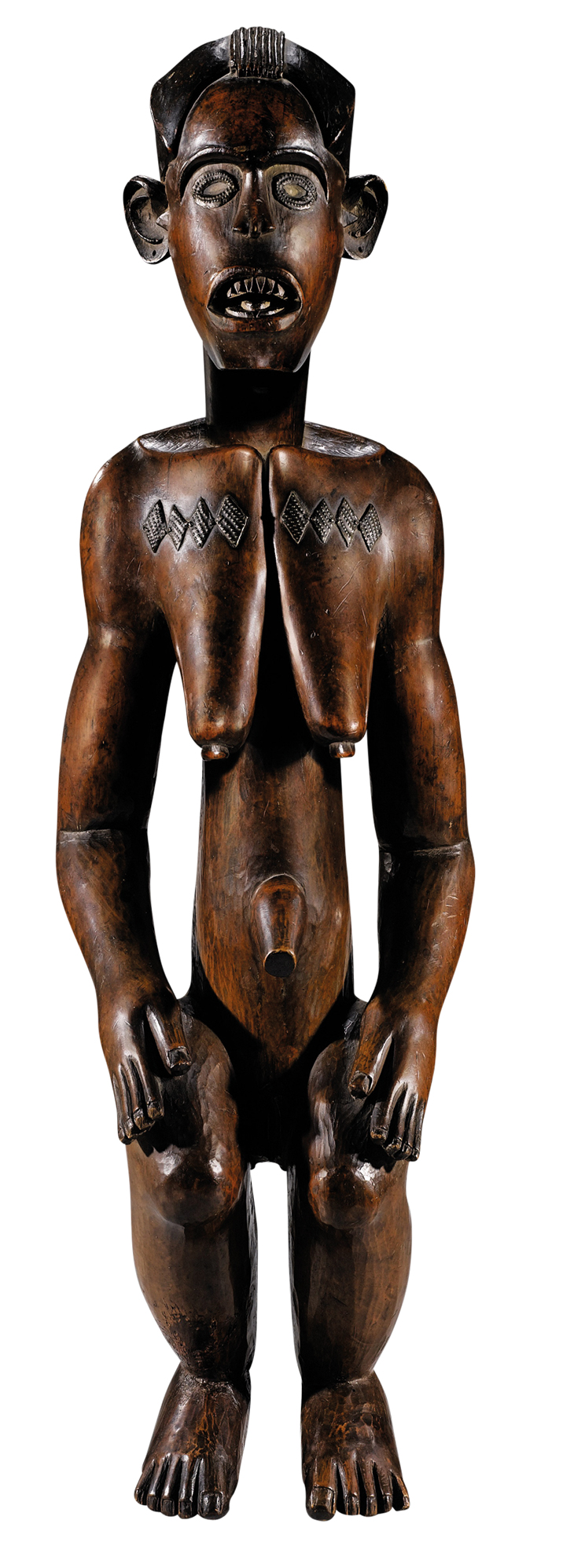
Statue of a woman (19th century), Fang Mabea, Cameroon. Photo: © Art Digital Studio/Damien Perronet
He had a particular passion for Ivorian bobbins – exquisitely carved wooden objects, each surmounted with a sleek, stylised head, that were used in the Guro, Bete and Baule regions of the country to operate the heddles of a loom. Fénéon lent 31 of these pieces to the 1923 exhibition at MAD; Clouzot and Level remarked in Sculptures africaines et océannienes that they were the favourite exhibit of the visiting public. One of the heads takes an abstracted, bird-like form, with the features subsumed into a graceful, arcing beak, but the majority evince the stylised naturalism for which Ivorian art has been especially celebrated in the West. Perhaps the most beautiful of the dozen or so at the Quai Branly is in the form of a woman’s head, on top of which a cup is perched. The incised decoration on the sleek, mildly patinated black wood is confined to just a few zigzags, indicating the coiffure, and two dipping curves for the eyes, accentuating the line of the profile: the pointed nose juts out to complete the elegant, rhythmic S-curve begun by the concave forehead, before sharply receding to the chin. Lorenz Homberger has recently identified this piece (now in the Musée Barbier-Mueller in Geneva) as the work of a Guro master carver from Bouaflé, who between around 1910 and 1930 produced a number of exquisite masks with the same features.
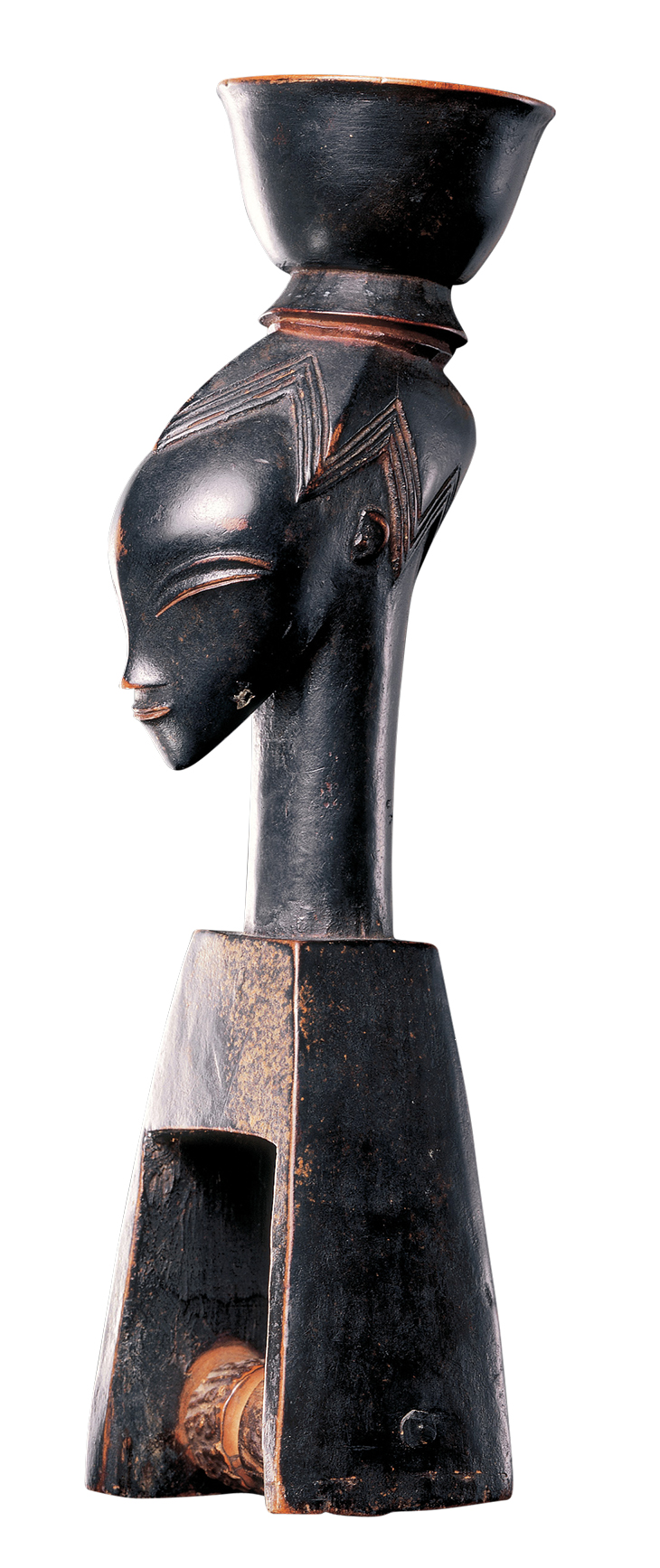
Loom pulley (19th/early 20th century), Guro, Ivory Coast. Musée Barbier-Mueller, Geneva. Photo: Studio Ferrazini-Bouchet
Fénéon stopped collecting in 1930, and around this time he began to catalogue the full collection – another example of his passion for categorising, and one which would prove invaluable for his friend, the dealer Charles Ratton, who prepared the sale of Fénéon’s collection at Hôtel Drouot in 1947. Fénéon’s catalogue entries are limited, for the most part, to objective notes on geographical provenance, material, and possible function, coupled with the most abbreviated descriptions – but at times he indulges in (short) flights of fancy. One of his loom pulleys, ‘sculpted with the head of a human, which might just as well be the head of a goat’, he describes as being ‘flanked by vast ears like dinner plates’. Another Guro piece is captioned: ‘Spoon which places between the fingers of the diner a woman with a fine, imperious head and curiously stylised figure.’
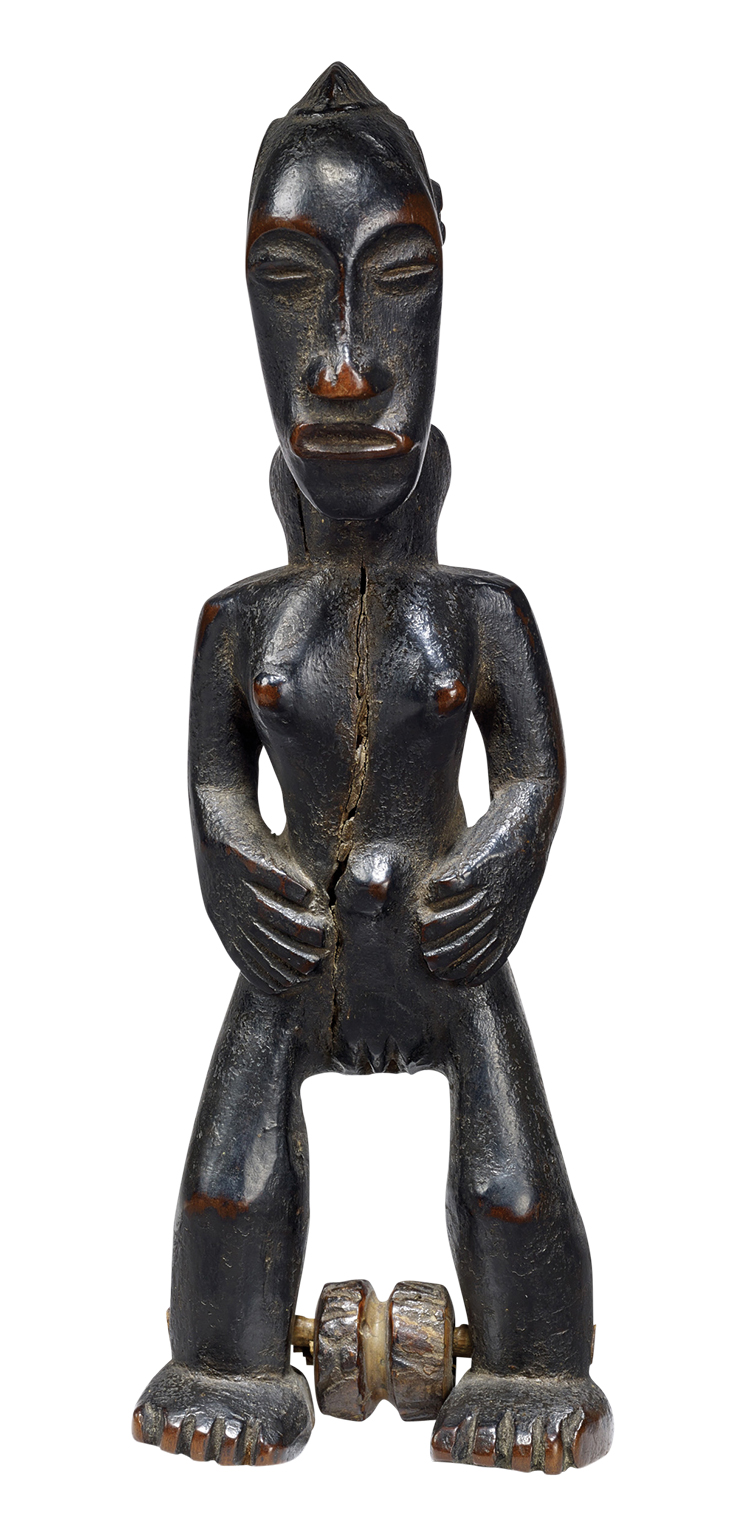
Loom pulley (19th century/early 20th century), Guro, Ivory Coast. Photo: © Claude Germain/Musée du Quai Branly-Jacques Chirac
The entries in Fénéon’s catalogue are the closest thing we have to a personal pronouncement on the African artworks he owned. Philippe Peltier, co-curator of the exhibition, suggests that in their brevity and precision these notes can be compared to Fénéon’s Novels in Three Lines – the mordant news items (faits divers) he wrote for Le Matin in 1906, which have become his most celebrated work among Anglophone readers. But the catalogue notes have none of the caustic irony of those miniature accounts of murders, suicides and state corruption. For me, their tone reflects the style of criticism Fénéon had pioneered in his youth, which with its delight in linguistic play – careful attention to sound; simple registers sprinkled with recondite scientific vocabulary – was intended to efface the identity of the critic, verbally mirroring the effect of a Symbolist poem or a pointillist painting. He describes a Sudanese animal mask: ‘Two dozen teeth in its hydrosaur’s throat’ (Deux douzaines de dents dans sa gueule d’hydrosaurien – a wonderfully toothy sequence). Some of his descriptions dwell on the perceived eroticism of the artworks; of a sculpture of a woman by the Guinean Baga people, one of the few true masterpieces in his collection, he writes that ‘the forearms and hands, palms offered, lead like an avenue or funnel to the sexual ravine’. Elsewhere, he wonders of the female figure surmounting the ‘divine forehead’ of a Guro mask: ‘Why not Minerva?’ Perhaps, as Peltier notes, Fénéon had in mind Apollinaire’s theory about the influence of African aesthetics on Hellenistic Greece, by way of Egypt – but if so, he confined himself to raising the question. Even in his private notes, he reserved final judgement.
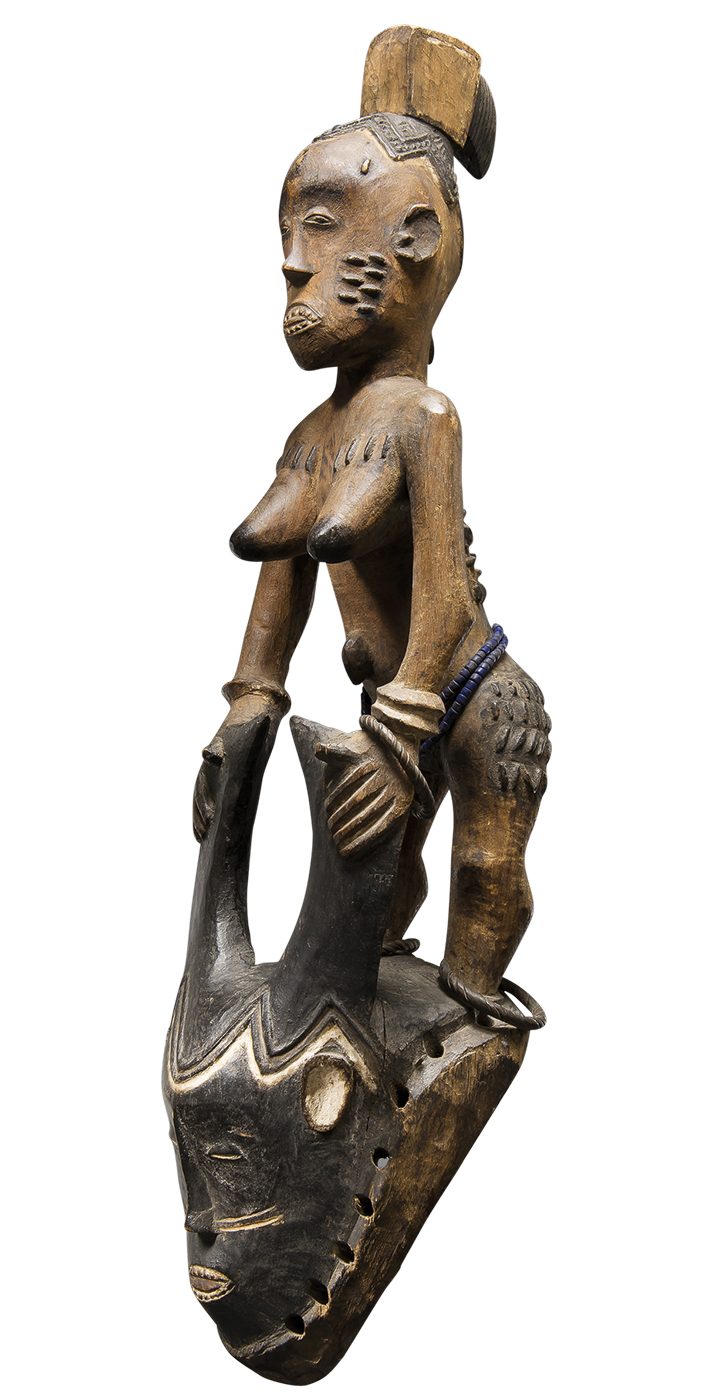
Mask (19th/early 20th century) Guro, Ivory Coast. Photo: Vincent Girier Dufounier. Courtesy Charles-Wesley Houdré
Nowhere in his notes does Fénéon compare the works in his collection and modernist painting. Of course, what this endlessly evasive figure does not say is just as significant as what he does. In his catalogue essay introducing ‘African Negro Sculpture’ in 1935, James Johnson Sweeney questioned whether African sculpture had made ‘any fundamental contribution’ to the art of ‘the last thirty years’, finding that ‘the early work of Picasso’ was more in the manner of ‘frank pastiches’ than ‘true assimilations’. Fénéon surely took pleasure from the African objects with which he surrounded himself, but I like to think that he found greater satisfaction from seeing these objects representing the rich cultures from which they had come. After Sweeney had visited Fénéon at his home in Paris to select objects for the exhibition, Fénéon sent him a note – a short one, naturally – thanking him for the ‘honour’ of being allowed to take part in an event of ‘such rare documentary and aesthetic importance’. Later, when the exhibition had concluded, Fénéon wrote again, politely requesting the swift return of his objects, while noting with gratitude: ‘You have given many of them the honour of a reproduction in the catalogue.’
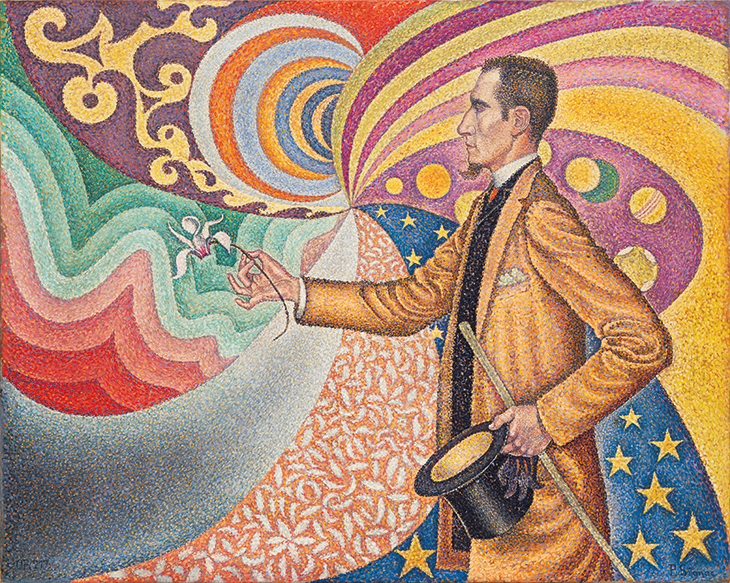
Opus 217. Against the Enamel of a Background Rhythmic with Beats and Angles, Tones and Tints, Portrait of M. Félix Fénéon in 1890 (1890), Paul Signac. Museum of Modern Art, New York. Photo: Paige Knight
‘Félix Fénéon (1861–1944)’ is at the Musée du Quai Branly – Jacques Chirac, Paris, until 28 September.
From the July/August 2019 issue of Apollo. Preview and subscribe here.
Unlimited access from just $16 every 3 months
Subscribe to get unlimited and exclusive access to the top art stories, interviews and exhibition reviews.

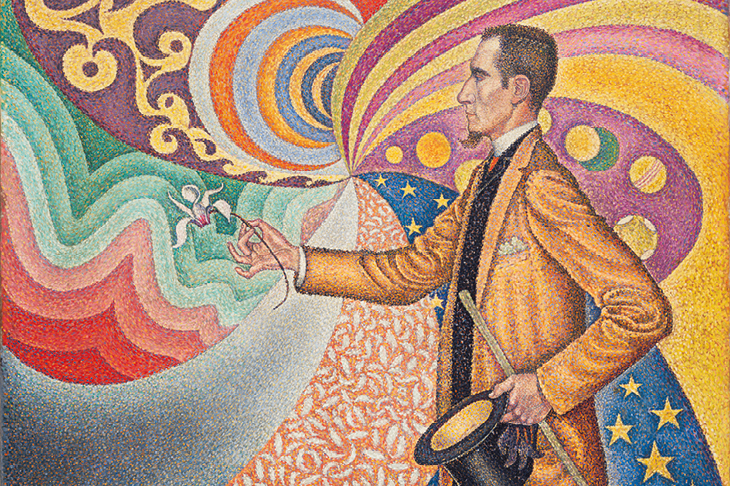
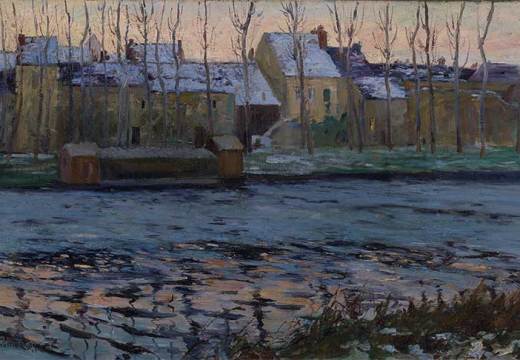
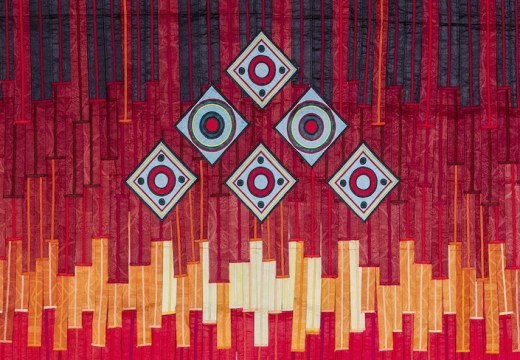
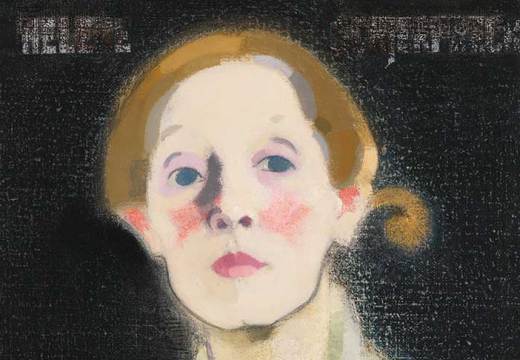









![Masterpiece [Re]discovery 2022. Photo: Ben Fisher Photography, courtesy of Masterpiece London](http://www.apollo-magazine.com/wp-content/uploads/2022/07/MPL2022_4263.jpg)
It’s time for the government of London to return to its rightful home